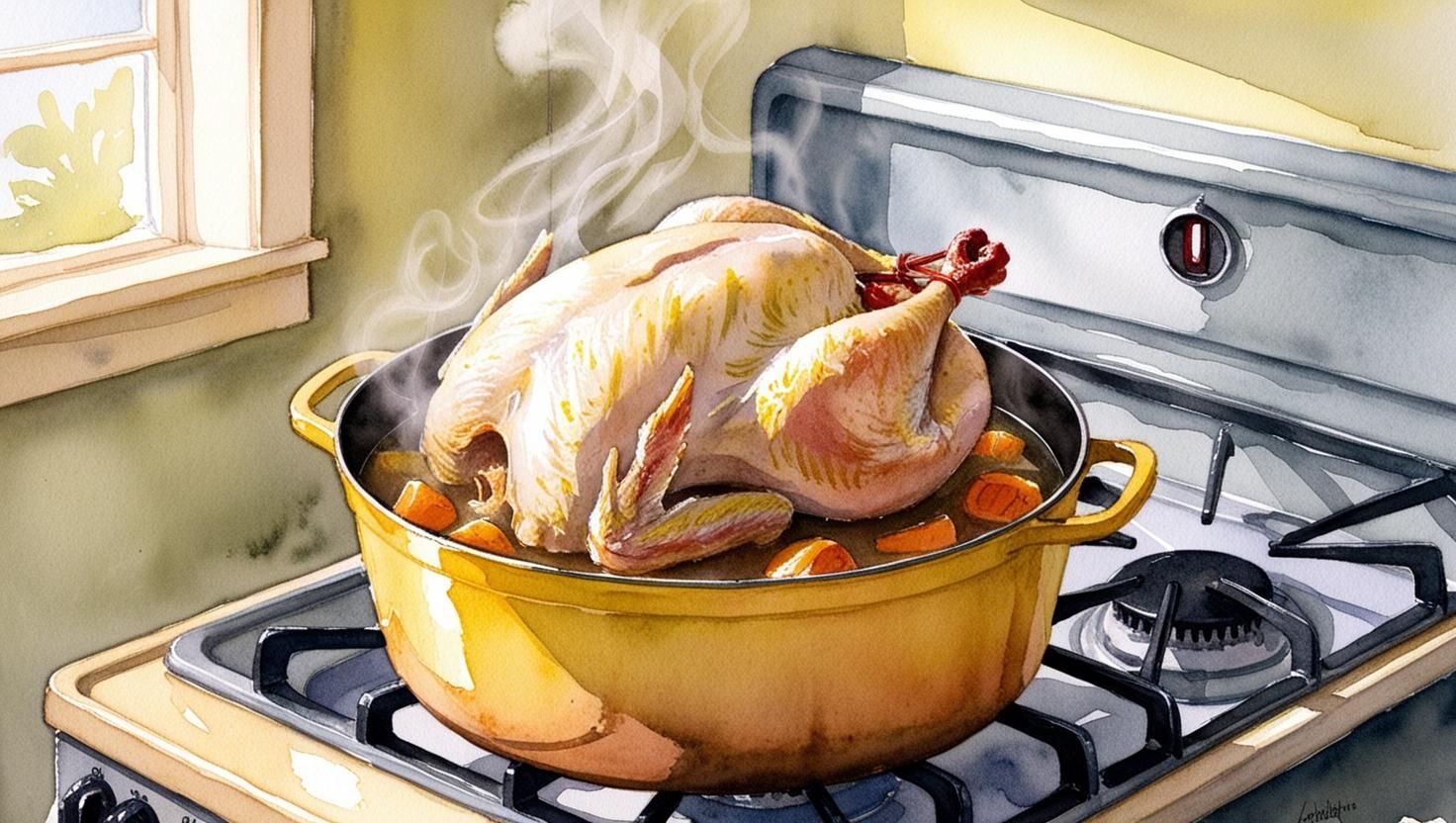The Pantry Challenge: How to go through your food and save money in January

Ah, January—the month when your spending from December’s holiday shopping is knocking at your door and your kitchen is brimming with half-empty boxes of random pantry items you never got around to using. What better time than now to take on a Pantry Challenge?
If you’re tired of opening your cupboard only to find a mysterious jar of expired pickled beets, a bag of quinoa that’s too old to trust, or a can of beans that have been around since 2020, it’s time for a kitchen overhaul. This isn’t just a clever way to clear out your cabinets—it’s a proven strategy to save money, reduce waste, and avoid impulse grocery shopping until you’ve truly used up what you’ve got.
So, roll up your sleeves, put on your most daring apron, and let’s dive into the Pantry Challenge.
What is a Pantry Challenge, Anyway?
In simple terms, a Pantry Challenge is a month-long (or however long you choose) effort to eat through the food you already have stored in your kitchen. It’s like spring cleaning, but with a side of burritos, pasta, and maybe a few questionable cans you’ve been avoiding. The goal is to reduce your grocery spending and use up what’s collecting dust in your pantry, fridge, and freezer. You might even discover forgotten treasures lurking at the back of your cabinets.
By the end of the challenge, you’ll likely have saved money, minimized food waste, and (hopefully) rediscovered some cooking skills you forgot you had.
Why You Need to Do a Pantry Challenge in January
- Post-Holiday Financial Recovery: After the holiday season, our bank accounts are often feeling the pressure. A Pantry Challenge helps curb grocery spending by using what you already have, which is crucial during the “no-spend” month.
- Reduce Waste: According to the EPA, the average American household wastes about $1,500 worth of food each year. A Pantry Challenge is the perfect antidote to that sad statistic. You’ll start to see the savings add up when you realize you didn’t need to buy yet another bag of rice or jar of pasta sauce.
- Creative Cooking: Ever opened the pantry and thought, “I have no idea what to make with this?” A Pantry Challenge encourages creative cooking. It’s like Chopped, but with less stress and more beans. Suddenly, that odd assortment of canned goods and dry pasta can become an experimental gourmet meal (or at least a surprisingly decent casserole).
- Space to Breathe: That cluttered pantry you keep meaning to organize? The Pantry Challenge is the perfect excuse to clean it out once and for all. You'll end up with a clearer kitchen and a better sense of what you actually need on your shopping list going forward.
How to Start Your Pantry Challenge
1. Inventory Everything
Before you dive into the challenge, take stock of everything you have. Pull out every jar, bag, box, and tin from your pantry, fridge, and freezer. You might be shocked by how much you have hiding in the back. Organize it into categories: grains, canned goods, sauces, snacks, frozen foods, and so on.
Make a list of items you could use up in the coming weeks. If you have a lot of rice, pasta, or canned beans, start planning meals around those.
2. Set a Budget (or Don't)
Some people set a hard limit on how much they’ll spend on groceries during the challenge, while others commit to buying only fresh produce or perishables (like milk, eggs, and greens) while using up pantry staples for the rest. Decide what works best for your lifestyle. Either way, the goal is to minimize trips to the grocery store.
3. Plan Your Meals Around What You Have
This is where the magic happens. Meal planning becomes your best friend. Take a look at your inventory and start brainstorming meal ideas. Use resources like SuperCook to find recipes that use the ingredients you have on hand. If you're in the mood for soup, you've got endless options if you’ve got canned tomatoes, beans, and stock. Got some spaghetti? Time to get creative with those pantry sauces. The possibilities are endless!
4. Don't Be Afraid to Get Weird
This is your chance to experiment and have fun in the kitchen. Just because you have a half-can of coconut milk, some black beans, and a box of instant noodles doesn’t mean it’s a culinary disaster waiting to happen. It could be the start of a surprisingly tasty curry-noodle hybrid. The point is to think outside the box—because, well, your pantry’s already full of boxes.
5. Track Your Progress
Post updates on social media (use the hashtag #PantryChallenge so that other people that are also doing a pantry challenge can follow along. You’re in this together!), or write in a journal to keep track of what meals you’re creating and what you’re using up. This can give you some much-needed accountability and keep you motivated. Plus, it’s fun to share your food triumphs with others—like when you turn a random mix of spices and canned vegetables into a delicious dinner.
6. Share or Donate Excess Food
If you find items you just can’t or don’t want to use, consider donating them to a local food bank. Food banks accept unopened, non-perishable items, and you’ll be helping others while still reducing clutter in your kitchen.
Tips for Success
- Be Realistic About Your Time and Skills: If you’re not a master chef, don’t worry. The goal is to eat through your pantry—not become the next Food Network star. Keep it simple and focus on easy-to-make meals like soups, stews, stir-fries, and casseroles.
- Don't Forget Snacks: Pantry challenges aren’t all about the main course. If you have bags of chips, crackers, or nuts, now’s the time to finish them off. You’ll be shocked at how quickly those “snack” items can add up in your grocery budget.
- Embrace Leftovers: Get used to eating leftovers for lunch or dinner. This will save both time and money, plus it’s a great way to ensure you don’t waste food. If you make too much of something, freeze the extras for later.
- Stay Flexible: Sometimes life gets in the way, and you’ll end up buying a few items here and there. That’s okay—just keep it to a minimum and adjust your challenge rules if needed.
Wrapping Up the Pantry Challenge
- After a month (or however long you choose) of eating your way through your pantry, you’ll probably be feeling a sense of accomplishment and maybe even a little surprised at how much food you had sitting around. Not only will your wallet be happier, but you’ll also have a new appreciation for using what you have. Plus, your pantry will be much more organized—and you’ll have room for new items you actually need.
- By setting aside your impulse grocery shopping habits, you’ve taken control of your kitchen, reduced food waste, and saved money—maybe even enough to treat yourself to a celebratory dinner OUT, because with all of that cooking you’ve done, you’ve earned it!
Happy Pantry Challenging, friends, and may your cupboards never be full of mystery cans again!
Jenny Lundy











